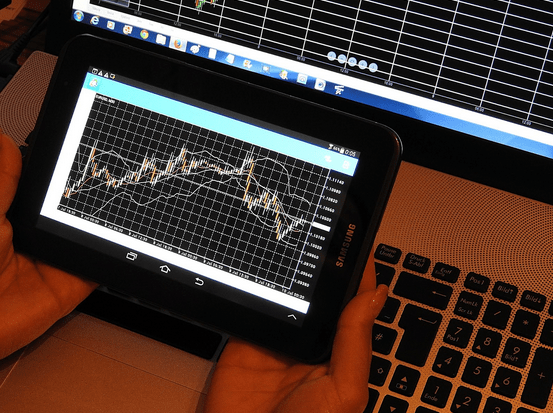When you engage in forex trading, you’ll be puzzled by the myriad of tools and elements it offers. With the help of forex signals, you can become better at your trading game. The free forex signals can become your go-to tool for earning through trading and minimizing losses.
However, these signals might be a tad complex to understand for first-timers. Once you know how to understand, you’ll be able to implement these signals for more profits. More or less, all the trading signal providers operate in the same.
So without further delay, let’s get started with understanding forex signals!

The Forex Signal Formats
Forex signal trading services often issue these forex signals. There are both manual and automatic services available, so it’s your choice to pick one of them. The automated alerts started gaining momentum somewhere around the year 2000. These signals are more popular among novice traders.
The advantage of using an automated trading signal provider is that it enforced unemotional trading. Besides, this format also has a faster execution speed. The drawback of putting your faith in this format is that it does not consider in-depth and fundamental research.
The manual trading format is suitable for a more advanced level of forex trading. This format puts the ultimate decision-making in the hands of the trader. In this format, human intelligence plays a crucial role. However, the users have to forgo execution speed.
You must choose a signal format based on your experience and requirements. If this is your first entry into the forex market, we highly suggest resorting to automated signals. But, when you are well accustomed to all the concepts, it’s better to go with manual trading signals.
Types of Forex Signal Services
You’ll notice that most of the signal services have similar credentials and processes. However, these aren’t a one size fits all kind of thing. Below is a list of forms of signal service that you’ll come across in the market.
- Unpaid or free signal providers usually offer voluntary service to the traders.
- Purchased or paid signal providers who offer services based on personal analysis or algorithms.
- Purchased or paid signal providers derive information from cumulative signal sources.
- Free or purchased forex signals are the trading software on the user’s computer.
The Types of Signals in Forex Trading
The variety of forex signals will seem very confusing at first. Once you use and understand them, you’ll be able to make much better use of them. It is undoubtedly beneficial and necessary to understand the purpose and use of all these signals.
Here are the four types of signals in forex trading that each trader should memorize by heart:
- Stop-loss: This signal is the type that represents the exit point for the trade. This signal aims to protect the traders from any significant loss. Stop loss is detailed by a preset level. The alerts will pull your investment out before the loss for the trade begins to mount up.
- Action: It is a simple call-to-action type of signal that offers direct suggestions. This type of forex trade signal will give you either a buy or a sell signal.
- Current market price: Remember that not all forex signals represent a call to action. The current market price is just an information-based signal. The prime focus of this signal is to help you draw a price comparison between several currency pairs.
- Take profit: The take profit works in the exact opposite way of the stop loss signal. The service provider will trigger this signal when the profit levels touch the preset range.
Reading a Forex Trading Signal Correctly
It is time for you to understand how to read these signals to be ready to use them in real-time. The indications of one service provider will differ in terms of text as well as graphical forms. However, the content that comes from the service providers is mostly the same.
For instance, you may find
kumpulan tools
slot gacor deposit 5rb
https://deposit5000.site/
slot malam
colombia88
luckytoto889
luckytoto
https://slothailand.baju-biru.site/
slot gacor deposit 5rb
colombia88
pipa hdpe paling murah
luckytoto
slot freebet
https://grup889.com/
Slot Qris
situs slot luar gacor
Slot malam
Slot malam
colombia88

Speak Your Mind